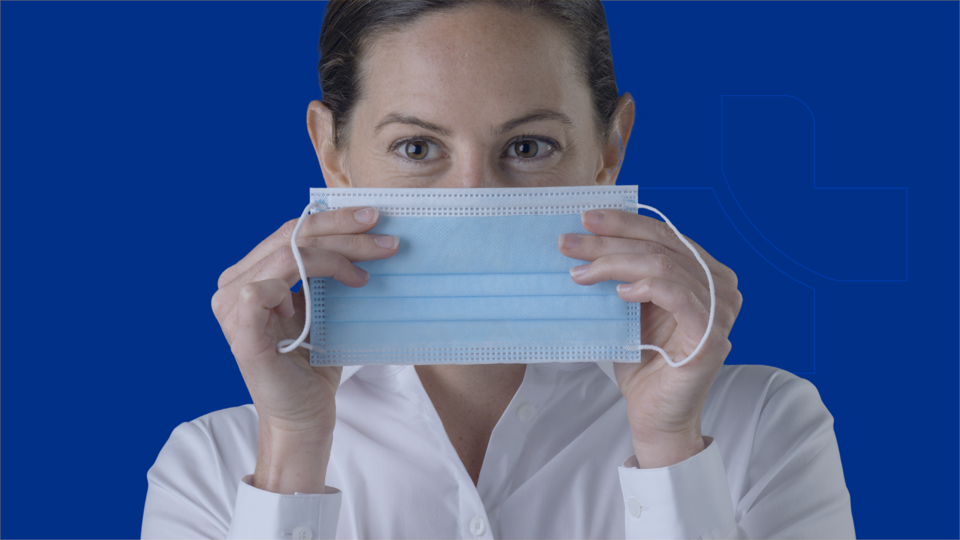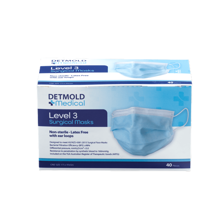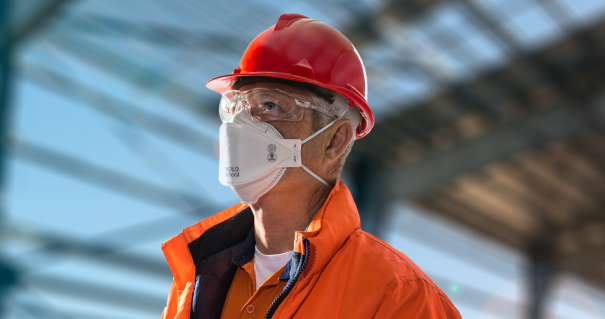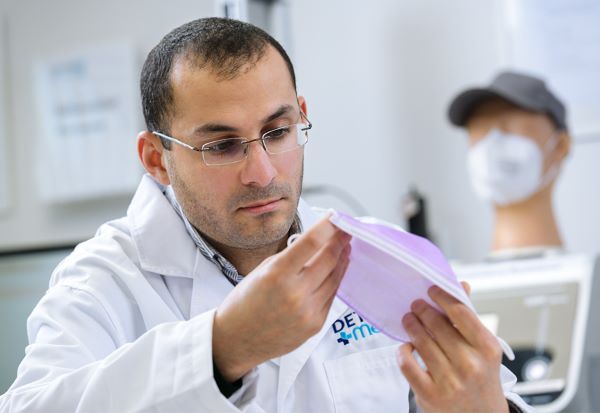Face masks and respirators provide crucial personal protection in high-risk environments, such as healthcare, construction and mining. However, not all face masks and respirators offer the same level of protection. That’s where Australian standards for face masks come into play.
Read on to learn more about Australian standards and why they’re essential for safety, performance and compliance.
What are Australian standards for face masks?
The Australian standards for medical-, surgical face masks and respirators are designed to guide manufacturers, ensuring their products meet specific safety, quality and performance benchmarks. These standards, developed by Standards Australia, are often adopted by key regulatory agencies, like the Therapeutic Goods Administration (TGA), to ensure medical devices, including face masks and respirators, meet public health requirements.
Two key standards apply to face masks in Australia. Here’s what they entail.
AS/NZS 4381:2015 – Medical face masks
This standard applies to single-use, disposable medical masks typically used in clinical settings. Under this standard, face masks are tested against the three key requirements:
- Bacterial filtration efficiency (BFE): Measures how effectively a mask filters out bacteria, which is critical for infection control.
- Breathability (differential pressure): Ensures the mask is comfortable and allows for adequate airflow.
- Resistance to penetration by synthetic blood (fluid resistance): Simulates blood splatter to test the mask’s ability to block fluid.
Under AS 4381, medical masks are classified into three levels:
- Level 1: Low barrier protection (e.g. for general use or low-risk clinical settings).
- Level 2: Moderate barrier protection (e.g. for procedures with a low risk of fluid or blood splash).
- Level 3: High barrier protection (e.g. for surgical procedures where a person is at risk of blood or fluid splash).
AS/NZS 1716:2012 – Respiratory protective devices
- This standard applies to respirators like P2 and N95 respirator masks, which are typically used for airborne particle protection. These masks must meet requirements around:
- Particulate filtration efficiency (PFE): Filtration efficiency is a key performance characteristic that assesses whether a respirator mask removes the minimum specified percentage of solid and/or liquid aerosols.
- Facial fit (leakage): Ensures the mask creates an airtight seal.
- Breathability: Inhalation and exhalation resistance indicate how easy breathing is while wearing the respirator.
Respirator masks are designed to offer higher levels of personal protection, so they’re often used in high-risk settings, like surgical theatres, aged care facilities or industrial environments.
Our Best Sellers
Why compliance matters: Safety, trust and performance
Face masks and respirators that are used in medical settings to prevent the spread of disease are regulated by the TGA. Ensuring compliance with Australian mask standards is important for several key reasons. From a safety perspective, compliant face masks and respirators are more likely to provide adequate protection to both the wearer and those around them, which is especially critical in clinical environments and other high-risk settings.

Producing compliant face masks and respirators is key to building trust with clients. Many end users and procurement teams rely on certified face masks and respirators to meet strict legal and health requirements.
To meet Australian standards, face masks and respirators must undergo rigorous testing and evaluation against several key criteria. It’s through this process that the standards ensure consistency and reliability across the board.
Ultimately, face masks that don’t meet Australian standards might not provide the level of protection that they claim to. This could potentially leave wearers and others vulnerable to exposure to hazardous substances in high-risk situations
Common misconceptions: "All masks are the same"
While it can be easy to think that all makes are made equal, that’s not always the case. In reality, the level of protection offered can vary dramatically based on the type, quality and certification of the mask or respirator.
To the untrained eye, many face masks might look the same. It can be easy to assume they would offer the same level of protection, but looks can be deceiving. Even though a mask might resemble a level 3 surgical face mask, without the certification to standards like AS 4381:2015, there’s no guarantee it will perform in a clinical environment.
How to check if a mask meets Australian Standards
The easiest way to confirm whether your face mask or respirator meets Australian standards is to check the packaging. It should clearly display the relevant code indicating which Australian standard has been met, either AS/NZS 4381:2015 for medical face masks or AS/NZS 1716:2012 for respirators.
If the face mask or respirator is marketed as a medical device or intended for therapeutic use, it will also display TGA logos, labels or ARTG identifier numbers on the original packaging. TGA registration is another sign that the face mask or respirator is fit for its intended purpose.
The Detmold Medical difference
One of the best ways to ensure your face mask or respirator meets Australian standards is to purchase it from a reputable manufacturer, like Detmold Medical. Detmold Medical is committed to designing and manufacturing high-quality face masks and respirators that provide healthcare-grade protection. As the only TGA-certified mask manufacturing facility with onsite face mask testing in Australia, our range of masks and respirators undergo strict quality control and testing procedures to ensure they comply with the relevant Australian and international standards.
Explore our range of face masks and respirators or use our comparator tool to find the right protection for your needs.







